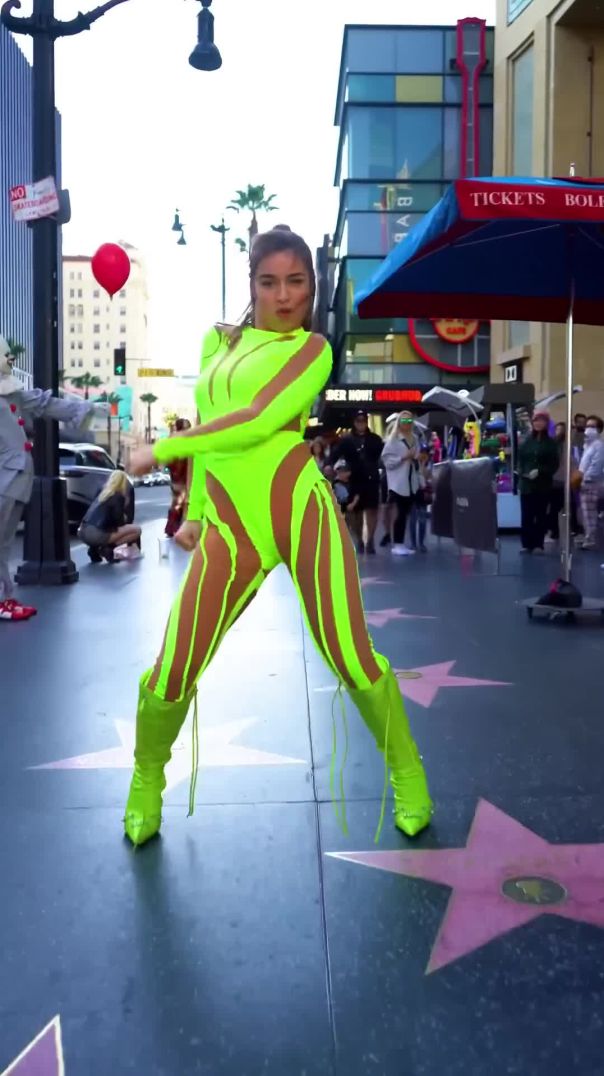2 Views· 29 June 2022
Burry: The Mother Of All Bubbles Is Coming
Interested in seeing my full portfolio with explanations along with buy and sell alerts? Join my research platform here: https://www.patreon.com/casgains
Casgains's Recommended Investing/Business Books: https://docs.google.com/spread....sheets/d/1DI8ca5GLEf
My Second Channel:
https://www.youtube.com/channe....l/UCPkDot_lMk7HB_c68
Twitter: https://twitter.com/casgains
Instagram: https://www.instagram.com/casgainsacademy/
Contact for business inquiries only: casgainsacademy@gmail.com
Michael Burry needs no introduction. Over the 13 years that Burry managed money, he averaged a return of over 26% per year by predicting short term events. Burry foresaw the dot-com bubble, the 2008 recession, the rise of Gamestop, and is now predicting the largest market crash in history. The purpose of this video is not to spread fear, but to inform you about Burry’s opinion and how you can hedge your portfolio against the worst outcome. Unlike most other market crash videos, this video will not tell you to sell all your stocks. We’ll actually cover an extremely asymmetric bet that Burry is initiating with low risk and high reward.
Almost every investor knows that the market valuations are at all-time highs and that a crash is inevitable. Michael Burry tweeted about how “the S&P 500’s nominal PE ratio is 26, and Shiller’s CAPE is 39.23. Neither necessary nor sufficient, but S&P’s PE was 18 before 2008-2009’s 58% crash, 20 before 1929-1932’s 80% crash, and 19 before 1973-1975 48% crash. How? Earnings fell 91% in 2008-9, 73% in 29-32, etc.” The S&P 500’s nominal PE ratio represents the price to earnings ratio of the S&P when not adjusted for inflation. Even when going back to the 1880s, the S&P’s current PE ratio is clearly elevated to historical highs. Unlike the S&P 500 nominal PE, the Shiller cyclically adjusted PE ratio, or CAPE ratio, adjusts the PE ratio for inflation over the past 10 years. The Shiller CAPE ratio has risen all the way to 39, which is incredibly high. The only other time the Shiller PE ratio passed these levels was during the dot-com bubble, where the Shiller PE ratio peaked at 44. Everyone knows that the market is overvalued, but nobody knows decisively when the market will crash. Michael Burry believes he knows exactly what is going to happen. The Federal Reserve has been printing substantial amounts of money over the past 18 months. Inflation has continued to take off since then, as the CPI inflation rate recently came in at 6.2% in October. The Fed has touted this inflation as transitory, but Burry found a statistic that contradicts that. Burry stated, “inflation...it’s not just reopening anymore, folks. Not that anyone could have seen this coming.” He then attached a graph that categorized the inflationary factors into components. The reopening components have clearly been shrinking as energy and non-reopening components are increasing. This is a sign that maybe inflation isn’t transitory like the Fed claims it to be. Inflation is continuing to increase despite the reopening demand already disappearing. While inflation is taking off, American wages are not still not catching up to consumer prices. Burry explained how “American real wages - adjusted for inflation - are down 2.2% since Jan 1. Seems the ONLY truly meaningful thing that’s down this manic, manic year. Inflation is a massively regressive tax. Never forget it.” Inflation is hurting the middle and lower class the most right now. The reason why is because inflation is simply taxation but in a different form. When it comes to taxes, the government reduces our wages by taxing our income, and therefore reducing our net wages. Instead of outright taxing citizens, the government is reducing our wages by printing money. Inflation practically has the same end result for lower to middle class citizens. Both taxes and government printing reduce our purchasing power, but inflation just does so in a more subtle manner. On the contrary, the majority of the upper class are often educated about how to protect their wealth from inflation with assets. With that being said, we have seen an influx of new retail investors over the past 12 months, so that is beginning to change. Michael Burry believes that the influx of new investors has led to immense speculation. The most obvious example of this is Rivian, a pre-revenue EV startup that recently crossed a $160 billion valuation. I am a supporter of EVs and believe that ICE will inevitably get disrupted, but even I was shocked by the valuation of Rivian. Burry believes that Rivian is the exemplar of speculation and that the biggest crash of all time is coming. He tweeted, “more speculation than the 1920s. More overvaluation than the 1990s. More geopolitical and economic strife than the 1970s.
















![[COVER] 'Santa's Coming For Us' - Sia 🎅🎄ㅣHYOLYN(효린)](https://i.ytimg.com/vi/eYTryVVP7JU/maxresdefault.jpg)










0 Comments